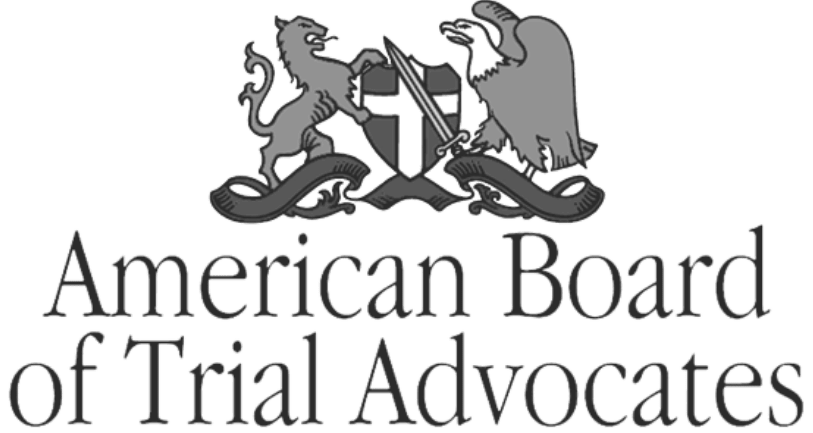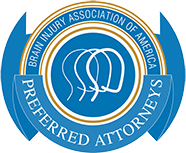Ataxic Cerebral Palsy
About one in 10 babies who are born with cerebral palsy developed the condition due to medical mistakes. Ataxic cerebral palsy is the least common type of the disorder. It affects about 5 to 10 percent of all people with CP. There is no known cure and the condition is often serious. Along with tremors, children with ataxic CP may demonstrate speech and oral problems.
Unfortunately, ataxic cerebral palsy from medical negligence is not rare. About 8,000 cerebral palsy birth injuries occur each year in the United States and doctor mistakes cause a considerable number of those injuries.
What Does Ataxic Cerebral Palsy Mean?
Ataxia means ‘without order’ or ‘incoordination,’ states the Cerebral Palsy Alliance.
The disorder describes the movements of sufferers. Ataxic movements are typically clumsy and jerky.
The lack of coordination experienced with ataxia occurs when a person tries to perform voluntary movements like picking up objects or walking. Ataxia interrupts the muscle control in the limbs, resulting in a lack of balance and coordination.
Symptoms and Characteristics of Ataxic Cerebral Palsy
Ataxic CP renders use of the major limbs difficult. Sufferers face a challenge carrying out daily activities. Symptoms include:
Tremors in the hands and arms
People with ataxic cerebral palsy usually suffer from tremors and shaky arms. Their movements may lack accuracy and coordination.
Lower limb issues
People who suffer from ataxic CP will often face difficulties walking and are prone to falling over. Children with ataxic cerebral palsy often walk with a wide gait. Their feet are spread wider than their hips while walking.
Speech issues
People with ataxic cerebral palsy often speak in a monotone voice characterized by a combination of pauses and accelerations while speaking. A breathing sound is often audible.
Oral problems
Oral problems are associated with ataxic cerebral palsy. Most babies, children and even adults with ataxic CP find it difficult to swallow foods and liquids. They may suffer from delayed gastric responsiveness and intestinal problems. These issues often lead to health problems such as acid reflux and gastrointestinal reflux disease (GERD).
Vision issues
Ataxic Cerebral Palsy can impact the vision in many ways. Cerebral visual impairment (CVI) is a form of impairment caused by brain damage. The severity of the eyesight impairment depends on which part of the brain is damaged and how serious the damage is.
What is the Cause of Ataxic Cerebral Palsy?
Ataxic cerebral palsy is caused by a brain injury to the cerebellum before birth, during birth or shortly afterward.
The cerebellum is vital for effective motor function. It regulates coordination and balance from parts of the brain like the motor cortex. It translates these signals to the body’s central nervous system and helps regulate motor learning, communication and posture.
Leading causes of ataxic cerebral palsy include:
- Head trauma during or after birth
- Womb infections
- A loss of oxygen during birth associated with the failure of the placenta of a breech birth
- Brain hemorrhaging from fetal stroke
- Premature delivery
Ataxic cerebral palsy is linked to poor maternal health including a lack of proper vaccinations. Children who have been victims of abuse also have a higher chance of developing ataxic CP because of a possible brain injury.
How Does Medical Negligence Cause Ataxic Cerebral Palsy?
The birth of a child is a complicated and stressful time. Many things can go wrong at hospitals and medical facilities that may lead to cerebral palsy.
Cerebral palsy is often caused by hypoxia, an insufficient supply of oxygen to the brain.
Other causes include asphyxia, premature delivery, or trauma to the mother or baby during birth. The fact a child is born with ataxic cerebral palsy does not necessarily equate to medical malpractice. Often medical professionals act with the greatest care while attending to mother and baby, and there are still negative outcomes. However, medical negligence can cause this serious birth injury in the following scenarios.
When Can Medical Malpractice Lead to Ataxic Cerebral Palsy?
- Failure to monitor the fetal heart rate properly during labor and childbirth
- Failure to notice and treat infections in the mother before and during the birth
- Delaying the decision to make an emergency cesarean section operation
- Failing to schedule and carry out a c-section operation when the baby is too large for a vaginal delivery
- Heavy-handed or improper use of instruments like forceps or vacuum during delivery
Contact an Experienced Virginia Birth Injury Lawyer
Birth injuries are complicated. When doctors, nurses or other medical staff are responsible, it may be hard to prove blame. At the Smith Law Center, the attorneys combine their expertise in brain injury and medical malpractice cases to fight for your rights if your child is born with cerebral palsy. Call us today for a consultation at (757) 244-7000.











